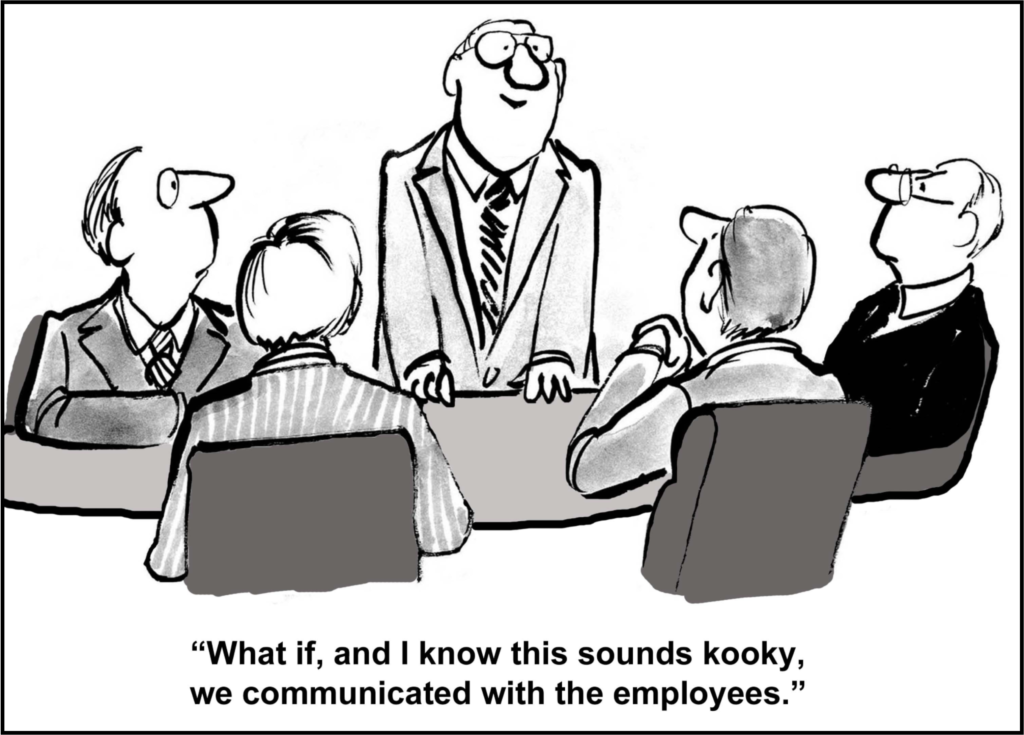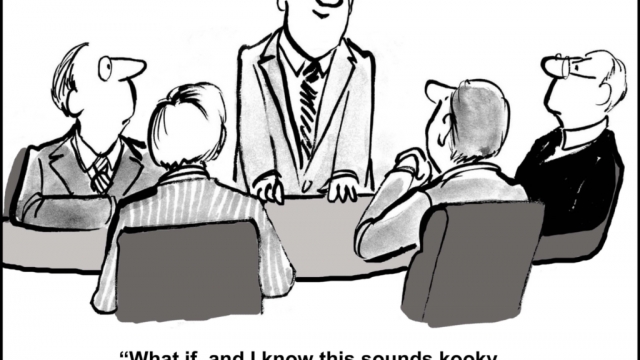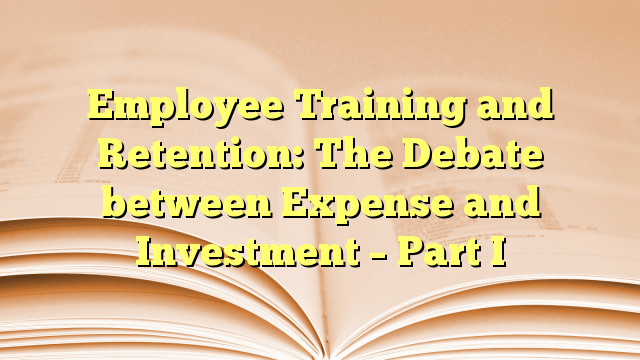 Is your company or community ready for the financial impact of rising entry level worker pay? While $15 an hour is the new “rally cry” for the minimum wage, whether it will happen nationwide can be debated. But it still begs the question, “Can your current financial structure handle entry level wages increasing to $14, $12, even $10 per hour?” Reality is there are a lot of communities that struggle even with current entry level wages somewhere between $8 to $10 an hour. A recent Wall Street Journal article indicated U.S. wages were on pace to increase at rates not seen since 2008. So while we don’t know where entry level wages will land ultimately, it is certain that wages will continue to increase, and more than likely increase at a faster pace than over the last few years.
Is your company or community ready for the financial impact of rising entry level worker pay? While $15 an hour is the new “rally cry” for the minimum wage, whether it will happen nationwide can be debated. But it still begs the question, “Can your current financial structure handle entry level wages increasing to $14, $12, even $10 per hour?” Reality is there are a lot of communities that struggle even with current entry level wages somewhere between $8 to $10 an hour. A recent Wall Street Journal article indicated U.S. wages were on pace to increase at rates not seen since 2008. So while we don’t know where entry level wages will land ultimately, it is certain that wages will continue to increase, and more than likely increase at a faster pace than over the last few years.
Minimum Wage verses Entry Level Wage
An important point to note is that while minimum wage and entry level wage are used interchangeably, they can be very different. Minimum wage is mandated by a governing body of some type, such as federal, state, county, or even cities in the case of Los Angeles as mentioned in an article referenced below. Entry level wages are what companies decide is a competitive wage for new employees in entry level jobs such as dining services, housekeeping, and direct care. Most Senior Living communities pay over and above prevailing mandated minimum wage levels by an average of $.75 to $1.50 per hour.
Wage Pressures
The increase in entry level wages is due to many factors. First our economy has improved and unemployment is significantly down over the last few years. Secondly, retail giant Wal-Mart and fast food giant McDonald’s have both made commitments to raise their minimum starting salary over the next few years. In fact, the Mayor of Los Angeles, CA just signed a bill setting the minimum wage in that city to $15 an hour by 2020, making it the largest city in the country to mandate a $15-an-hour wage. Thirdly, adding to the already mounting wage pressure are predictions of a looming labor shortage in some geographic areas and industries.
On the other side of the coin we can argue that with the talk of a labor shortages, immigration reform could be on the horizon to add more labor to the pool. There is also the view that if McDonald’s entry level wages rose to $15, automation would step in and replace a large portion of their entry-level workers. Even if you take the actual dollar amount off the table for just a minute, and let’s say that you were still able to attract workers in the $8 to $10 an hour range, are you and your residents willing to settle for the leftovers? Those who couldn’t make it anywhere else? Because while wages generally don’t make it in the top 5 to 10 reasons why employees leave employers, when talking about a differential of $.10-$.50 an hour, if the difference was $2, $4, or $6 an hour, a 20% to 60% increase over current pay, this would be a game changer. Regardless of your point of view on the actual dollar amount, the uncertainty should be enough to take action to off-set wage related financial pressures, even if they are not as extreme as mentioned.
Impact To An Average Community
Jim Moore, founder and president of Moore Diversified Services, published an article in January 2015, which highlighted what a modest increase of a $1.50 per hour might mean to an average 110 unit assisted-living community. This included the payroll increase of over 10%, total expense increase of 4.5%, approximately a 12% decrease in net operating profit margins, and $2 million of decreased community value at a conservative capitalization rate of 8%. You can only imagine the impact to your bottom line if the increase was in the $4 to $6 an hour range instead of the $1.50 per hour used in the example.
Do You Have a Strategy?
The next question is, do you have a financial strategy to combat rising wages without compromising your Income Statement, significantly reducing cash flow, or greatly reducing the future value of your community? If not, now is the time to begin formulating one. In the past wages have generally risen at modest rates and changes in revenue structures could be made to accommodate or off-set the increases without much impact on residents. Unfortunately, with all these dynamics converging to create tremendous pressure on entry level wage, you may not have the luxury of time this go around.
It’s important to start the process and begin to manage change immediately. Three initiatives to help accomplish this would be to 1) reduce overall operating expenses, 2) fine-tune existing revenues, and 3) realize organic growth through increased revenue and expanded services.
How MDS Can Help You
Entry level wages will likely increase in the near future, although how much can be debated. We at MDS believe this can be a Win-Win for communities and their workers. This will make strides in the effort to pay everyone a living wage, and with proper planning it doesn’t have to devastate your income statement. This will have a significant increase on the labor intensive Senior Housing industry; especially assisted living and memory care with heavy entry level labor concentration. There are practical strategies that can be implemented to enhance revenues, reduce overall operating expenses, and create favorable organic growth in individual communities or portfolios for multiple communities.
Now is the time to take a hard look at each and every line item of expense. Good economic times can cover excessive expenses very easily. It’s always a good practice to stay on top of changes that can be made to reduce expenses, while not compromising resident care and service to help off-set any future wage increases. A full-scale operations review and benchmarking would be recommended.
Performing competitive pricing analyses, evaluating ancillary and tier charges will insure that you aren’t leaving any revenue on the table. Make sure that units are priced according to the true value they provide residents.
Finally, don’t let 93% stand in the way of 100% occupancy. Seems that there is a mental block when communities reach 93% occupancy. Then it’s time to reduce the marketing budget or just operate under the 93% cloud. On the contrary, it’s time to push harder. The financial rewards for those next few units is what sets great performing communities apart from the good ones.
Don’t wait till it’s too late and put your communities’ financial health in jeopardy. Let’s get started planning for the future of higher wages for entry level workers today!
Roy Barker is Director of Special Projects at Moore Diversified Services, a Fort-Worth, Texas-based organization specializing in operations analysis, marketing development, and investment advisory services. Roy is an authority in the field of employee turnover analysis and retention strategies.
 those employees on the “front lines” do not line up with those decisions. Employees need to be, MUST be, invested and informed: Do they know your organization’s mission? Do they realize how they speak to or interact with people affect that mission? Are employees getting proper feedback on their performance in regards to company standards? Upper management needs to communicate goals, missions, and reasons behind decisions that affect employees. If decisions seem random to employees, they are less likely to embrace them and support them. If employees can see how decisions improve service, improve resident satisfaction, improve business and therefore benefit them in some way, they are more likely to support you in these decisions.
those employees on the “front lines” do not line up with those decisions. Employees need to be, MUST be, invested and informed: Do they know your organization’s mission? Do they realize how they speak to or interact with people affect that mission? Are employees getting proper feedback on their performance in regards to company standards? Upper management needs to communicate goals, missions, and reasons behind decisions that affect employees. If decisions seem random to employees, they are less likely to embrace them and support them. If employees can see how decisions improve service, improve resident satisfaction, improve business and therefore benefit them in some way, they are more likely to support you in these decisions.














